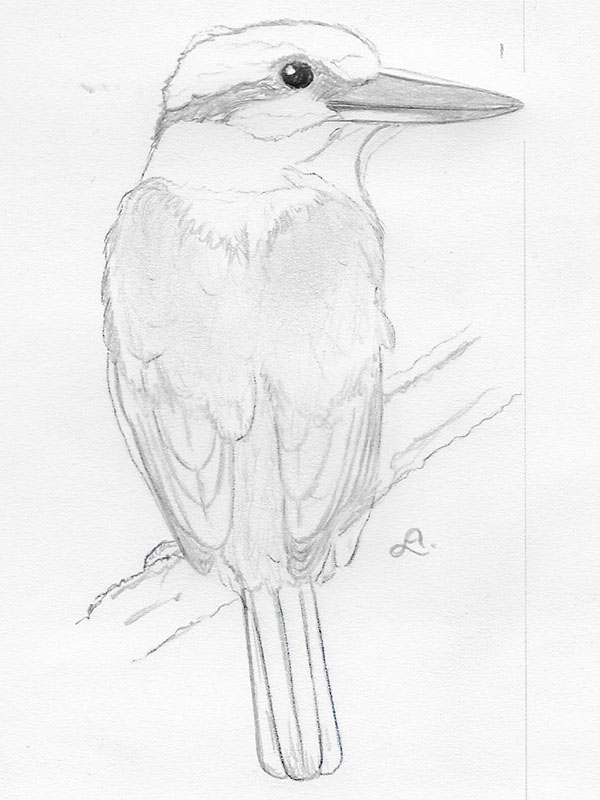Marquesas Kingfisher (Todiramphus godeffroyi), a nearly extinct bird endemic to the Marquesas Islands.


Marquesas Kingfisher (Todiramphus godeffroyi), a nearly extinct bird endemic to the Marquesas Islands.

A pigeon collected during one of J. Cook’s journeys in the middle of the 18th century on the island of Tahiti, Society Islands, was described and named Columba R. forsteri in 1829 by J. G. Wagler, this is the original description.:
“C. R. Forsteri. Habitus et magnitudo C. globicerae; capite et cervice prorsus nigris; dorso, uropygio, remigibus et rectricibus coeruleo et viridi nitentibus; gula, jugulo, pectore, abdomine femoribusque fuliginosis; crisso ferrugineo; capistro albo; cera prorsus non globosa.
Columba globicera var.? Reinh. Forster in Manuscr.
Rostrum nigrum; pedes rubri. Habitat in insula Otaheite, ab incolis Aroobu appeliate.” [1]
(my humble) translation:
“C. R. Forsteri. Shape and size of C. globicera; head and neck completely black; on the back, from the rump, and the rectrices shining blue and green; throat, neck, breast, belly (hips?) sooty; undertail coverts ferruginous; lores white; cere absolutely not globose.
Columba globicera var.? Reinh. Forster in Manuscr.
Beak black; feet red. Inhabits the island of Otaheite, named by the islanders Aroobu.“
***
According to S. L. Olson and D. W. Steadman this description fits very well with the Nuku Hiva Imperial Pigeon (Ducula galeata (Bonaparte)), which is now restricted to the island of Nuku Hiva, Marquesas, but which indeed is known to have been much more widespread in former times. [2]
However, this species is much larger than the Polynesian Imperial Pigeon (Ducula aurora Peale) from Tahiti, named Columba globicera in the description, and not of the same size, and its head and neck are slate-colored and not black as the description says; anyway, neither the adult nor the juvenile Polynesian Imperial Pigeon have ferruginous undertail coverts while the Nuku Hiva Imperial Pigeon again has.

So, after all, this little description may indeed be the only historical record of the Nuku Hiva Imperial Pigeon outside the island of Nuku Hiva, it disappeared sometimes during the 18th century. Subfossils assigned to this large bird are now known from Mangaia, Cook Islands; Hiva Oa, Tahuata and Ua Huka, Marquesas; as well as from Huahine, Society Islands. [3]
However, I personally still have some doubts about the identity of these large imperial pigeon forms outside of the Marquesas, in my humble opinion they should rather be considered distinct forms.
*********************
References:
[1] J. G. Wagler: Beiträge und Bemerkungen zu dem ersten Bande seines Sytsema Avium. (Fortsetzung III.) Isis von Oken 7: 735-762. 1829
[2] S. L. Olson; D. W. Steadman: Comments on the proposed suppression of Rallus nigra Miller, 1784 and Columba R. Forsteri Wagler, 1829 (Aves) .Bulletin of Zoological Nomenclature 44, 126-127. 1987
[3] David W. Steadman; Dominique S. Pahlavan: Extinction and biogeography of birds on Huahine, Society Islands, French Polynesia. Geoarchaeology 7(5): 449-483. 1992
*********************
edited: 18.03.2020